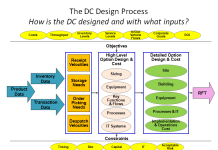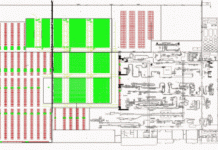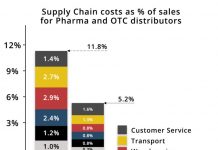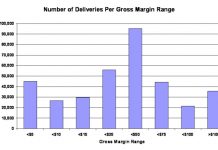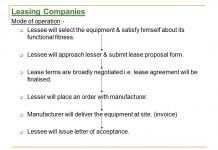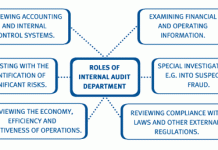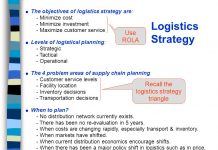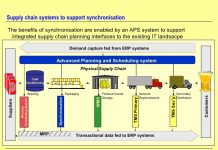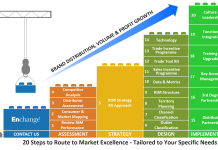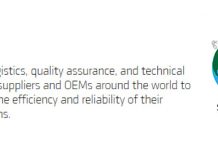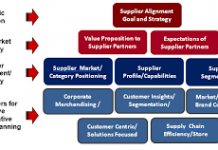Table of Contents
Supply Chain – 7 areas (Part 1)
Supply Chain has 7 primary functional areas: Purchasing, Manufacturing, Inventory Management, Demand Planning, Warehousing, Transportation, and Customer Service. These areas may appear to be independent functions, but in an efficient supply chain, they must interact to a great degree and are very dependent upon one another.

Purchasing: The activity of acquiring goods or services to accomplish the goals of an organization.
The major objectives of purchasing are to
(1) maintain the quality and value of a company’s products,
(2) minimize cash tied up in inventory,
(3) maintain the flow of inputs to ensure the flow of outputs,
and (4) strengthen the organization’s competitive position.
Purchasing may also involve:
(a) development and review of the product specifications,
(b) receipt and processing of requisitions,
(c) advertising for bids,
(d) bid evaluation,
(e) award of supply contracts,
(f) inspection of good received,
and (g) their appropriate storage and release.
The purchasing function is core to any company, as it provides the materials and resources needed to create a product. As the economy becomes more global, the opportunities become even more exciting. The roles that exist within this function are numerous, and here are just a few: coordinator or analyst, materials manager, corporate purchasing manager. These roles can exist at a field location such as a plant or at a corporate location. Depending on the company, individuals could be involved in purchasing anything from office supplies to parts for the construction of airplane engines.
Manufacturing: is the production of merchandise for use or sale using labor and machines, tools, chemical and biological processing, or formulation. The term may refer to a range of human activities, from handicraft to high tech, but is most commonly applied to industrial production, in which raw materials are transformed into finished goods on a large scale. Such finished goods may be used for manufacturing other, more complex products, such as aircraft, household appliances or automobiles, or sold to wholesalers, who in turn sell them to retailers, who then sell them to end users and consumers.
The manufacturing function has received a lot of notice in the press as companies move various production operations overseers. Despite this, there are still many job opportunities available. These include production planners, production managers, corporate managers of production planning, plant manager, line operator, machine operator, QA analysts, or engineers. Manufacturing will always play a key role in the US economy as many products will always be produced here. From food to cars, companies will continue to manufacture in the US because of the skilled workforce and natural resources available.
Inventory Management: Activities employed in maintaining the optimum number or amount of each inventory item.
The objective of inventory management is to provide uninterrupted production, sales, and/or customer service levels at the minimum cost. Since for many companies inventory is the largest item in the current assets category, inventory problems can and do contribute to losses or even business failures.
The management of inventory is a key function of any manufacturing company, whether domestic or foreign. Physical inventory is often one of the most signification assets of a company, and without it, a company would have no sales. It’s important to have the right product, at the right place at the right price, and inventory allows this to occur. In today’s global economy the inventory function has become more important and challenging as products can be produced and available anywhere in the world.
Demand Planning: is the process of forecasting customer demand to drive execution of such demand by corporate supply chain and business management. Demand forecasting involves techniques including both informal methods, such as educated guesses, and quantitative methods, such as the use of historical sales data and statistical techniques or current data from test markets. Demand forecasting may be used in production planning, inventory management, and at times in assessing future capacity requirements, or in making decisions on whether to enter a new market
Demand forecasting is predicting future demand for the product. In other words, it refers to the prediction of probable demand for a product or a service on the basis of past events and prevailing trends in the present.
Demand planning today requires analytical skills and a love of computer modeling. It helps if you have a crystal ball, but since few people do, the art and science of forecasting what people will buy, what components you will need, or what trends will impact the sales of your product is left to those who can analyze and interpret data effectively.
More
Supply Chain – 7 areas (Part 1) (Vietnamese Version)











